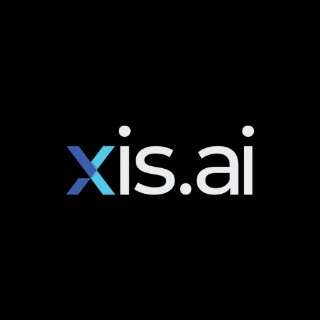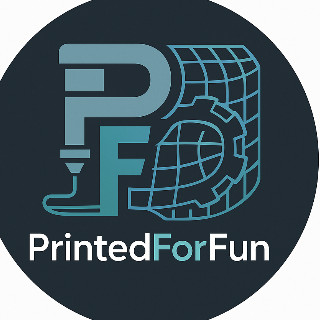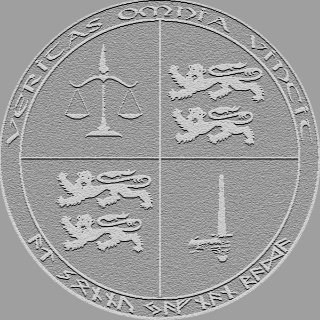Hello everyone,
I’m currently exploring how to build an inspection workflow that combines a 3-D scanner’s API (e.g., from a device like the THREE scanner) with an external computer-vision/AI platform for automated defect detection and feedback loops.
Here’s a sketch of what I’d like to achieve:
-
Use the scanner’s API to programmatically initiate scans, retrieve the resulting scan data (meshes, point-clouds or high-resolution images) and upload them.
-
Forward the scan output to a visual-inspection platform such as xis.ai which supports no-code model training, edge-deployment and real-time inference.
-
Use the AI results (defect flags, anomaly scores) to drive next steps: e.g., trigger a re-scan, alert operators, route boards for manual review, or feed results into a PLC/MES system.
-
Optimize the pipeline for reliability, latency and scalability.
If you used a no-code or low-code vision platform (like xis.ai claims to enable) did it reduce your development load, and did you sacrifice any control or flexibility by doing so?
Why this matters:
In industrial inspection workflows especially for electronics / PCBs / assembled parts, combining high fidelity 3-D scanning (for dimension, texture, defects) with AI-driven anomaly detection offers the potential for higher yield, reduced manual inspection and more consistent QA. The platform at xis.ai positions itself as “Autonomous. Private. End-to-End. Accessible.”
I’d love to hear your experiences, what worked, what didn’t and any code or architecture snippets you’re willing to share.
Thanks in advance for your input!




